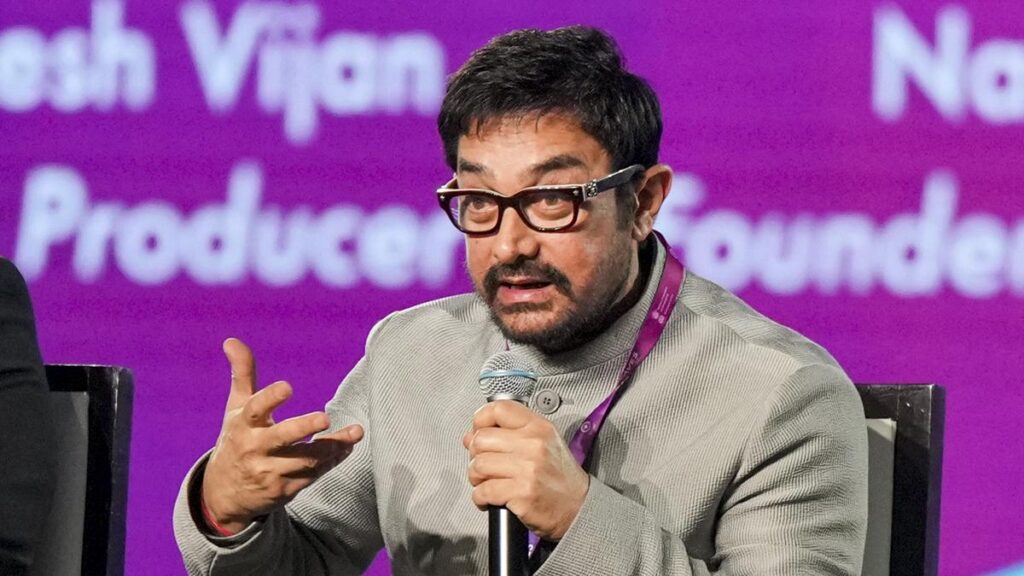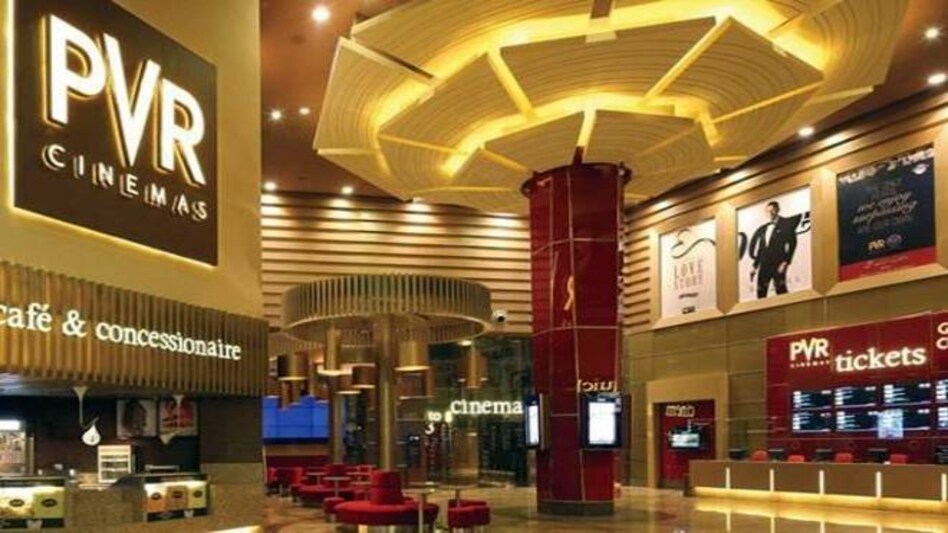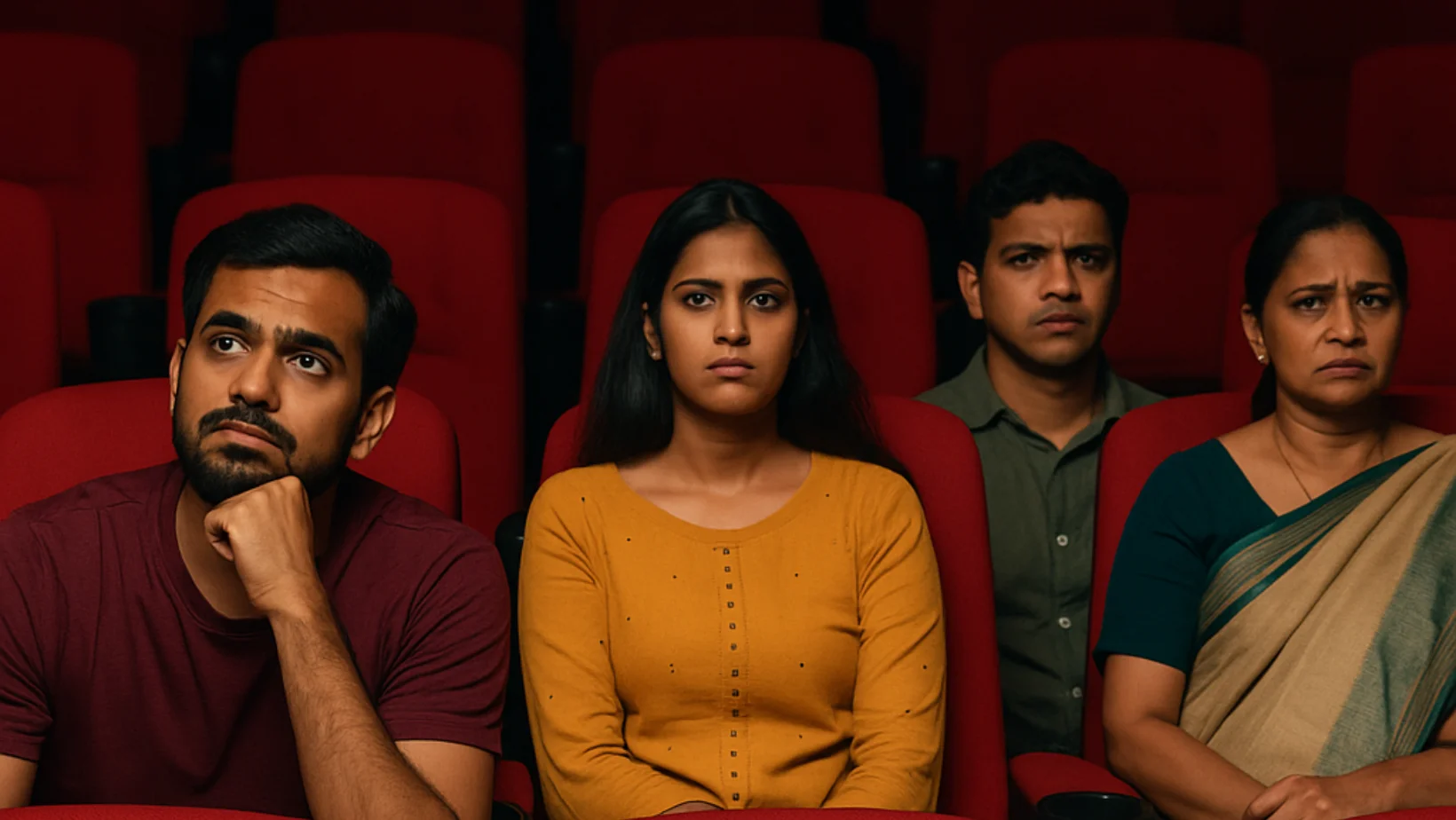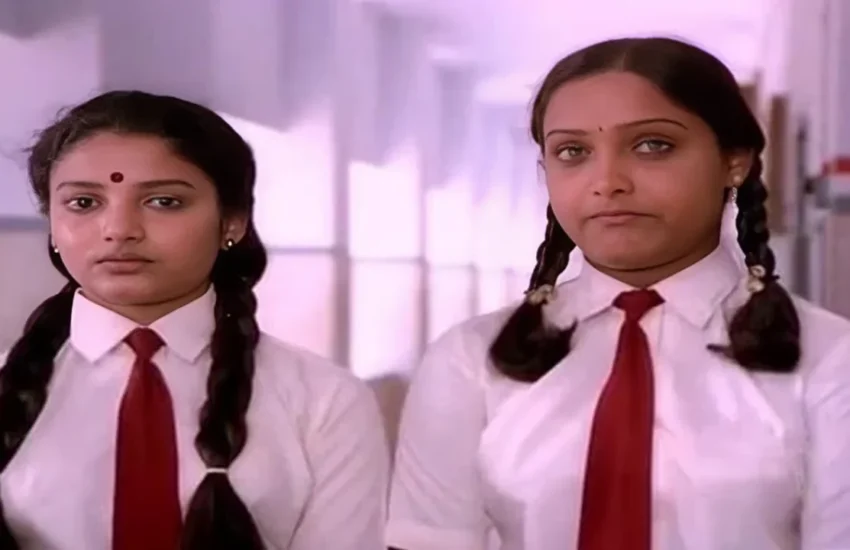“Theatres Are Dying” Is Too Simple a Statement – Here’s What’s Actually Happening.
In 2025, we’ve had some great Indian films. But the theatres? Quiet. Too quiet.
Even our biggest “hits” are only managing a 2% footfall. That’s not just disappointing—it’s alarming.
Sure, mediocre storytelling is part of the problem. We’ve all sat through films that felt like recycled templates with no spark. And yes, audiences have become more discerning, tired of paying a premium for bland stories.
But here’s the kicker: even the good films—the ones we rave about online, the ones that critics and cinephiles love—aren’t bringing people back to theatres.
I watched Ponman—one of the most striking Malayalam films this year—in an almost-empty theatre. There were five of us in the audience. Just five.
Superboys of Malegaon? A delightful film that should’ve pulled in crowds with its charm and wit. It barely managed to break even.
So no, it’s not just about “make better films and they’ll come.” We’re dealing with a bigger shift.
Streaming Changed the Game—But the Business Model Broke It

OTT platforms didn’t just offer convenience. They rewired our relationship with movie-watching.
At the Waves Summit, actor Aamir Khan put it bluntly: the current distribution model is hurting Indian cinema. When a film lands on OTT two or three weeks after release, what incentive do people have to go to a theatre?
Why bother with traffic, parking, and pricey tickets when you can wait a fortnight and watch it on your couch?
This shortened theatrical window is part of a bigger problem—it’s made theatrical release feel optional. It’s turned cinema into content.
Aamir called for a relook at this “funny business” model. He’s right. If we don’t protect the exclusivity of theatres, we’ll lose the space entirely.
But What About Towns That Don’t Even Have Theatres?
Shah Rukh Khan, also speaking at the summit, brought up something equally crucial: access.
India has a severe theatre scarcity in smaller towns and rural areas. Many regions simply don’t have any screens nearby. Even when they do, the number of shows, the quality of facilities, and the variety of films shown are incredibly limited.
This isn’t just a gap in infrastructure—it’s a cultural disconnect. We’re denying a massive segment of the country the right to participate in cinema the way it was meant to be experienced.
We can’t talk about “bringing audiences back” without first acknowledging that many never had access in the first place.
What India needs is not just more screens, but smaller, affordable, decentralized theatres that reach every part of the country. Cinema has to go to the people, not just expect them to come to us.
Watching Movies Today Is a Luxury Experience. And Not in a Good Way

Even in the cities, where screens are plenty, theatres have slowly turned into gated experiences.
Let’s be honest: going to the movies has become a privilege. You walk into a multiplex, and it feels more like a high-end mall than a space for community entertainment.
It’s sleek, shiny, and—let’s say it—wildly overpriced.
And while we blame the middle class for “waiting for OTT,” look at the economics of going to the movies today.
A single ticket? ₹400.
A tub of popcorn? ₹350-400.
A cold drink? Add another ₹250.
Now, imagine a family of four going out for a weekend movie. You’re looking at ₹2,500–₹3,000 for a single outing. For that price, you could literally take a short vacation, or pay for several months of every major OTT subscription combined.
The economics of going to the theatre have stopped making sense. It’s no longer an accessible form of entertainment. It’s an expensive night out.
And that changes the psychology entirely. People begin asking:
“Is this movie worth going to the theatre for?”
And if the answer isn’t a resounding yes? They skip. They stream. They move on.
The Bigger Question: What Do We Want Theatres to Be in India?
This isn’t just a crisis of box office numbers. It’s a cultural turning point.
Do we want theatres to be exclusive lounges for the affluent?
Or do we want them to be shared spaces—affordable, accessible, inclusive?
If we want to protect the theatre experience, we need to do more than make “better films.” We need to rethink the entire ecosystem:
- Rethink the OTT window: Give theatres time to breathe before digital.
- Build theatres where none exist: Especially in tier 2 and 3 towns.
- Subsidize community cinema halls: Low-cost, high-volume, no-frills spaces.
- Reprice for the real India: Not everyone can pay ₹400 for a single ticket.
- Bring back the joy of watching films together: Make it feel like a celebration, not a transaction.
Because if we don’t act now, we won’t just lose footfall.
We’ll lose the soul of Indian cinema itself.

I can’t stop talking about films, so I blog!
I started The FourthWall, my film blog, to share my thoughts on films and shows with fellow movie buffs, and over the years it has become my happy place. Come join in for some interesting conversations on cinema… and sometimes books and fashion!








